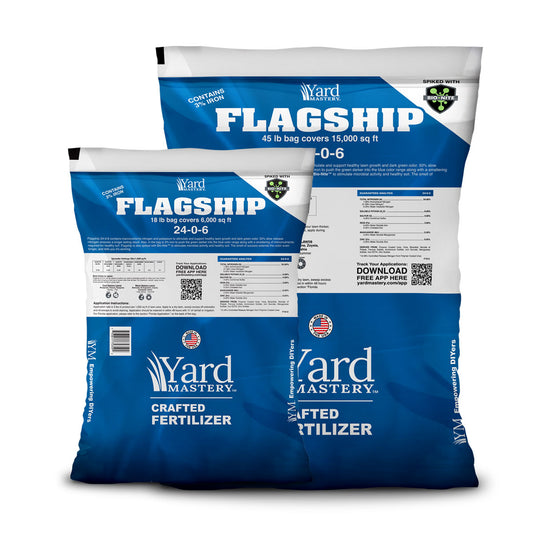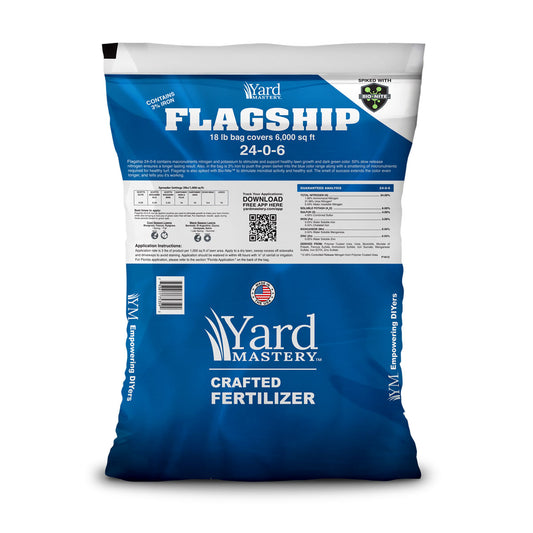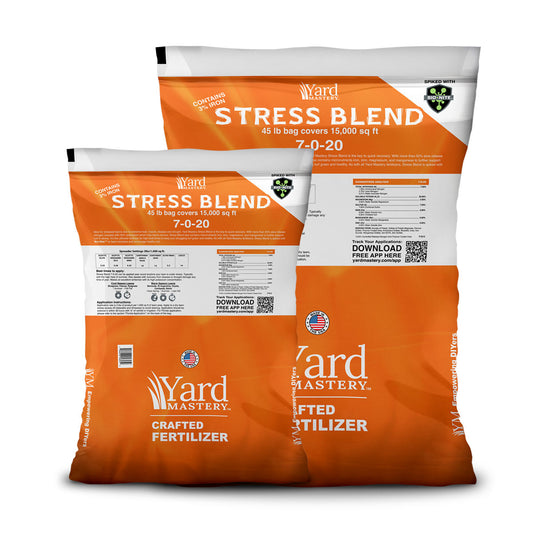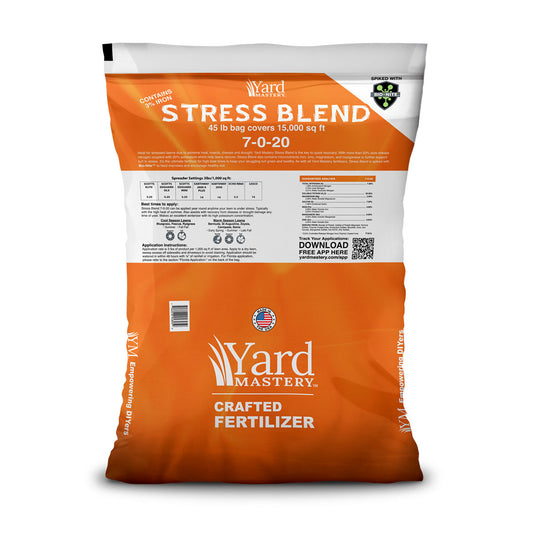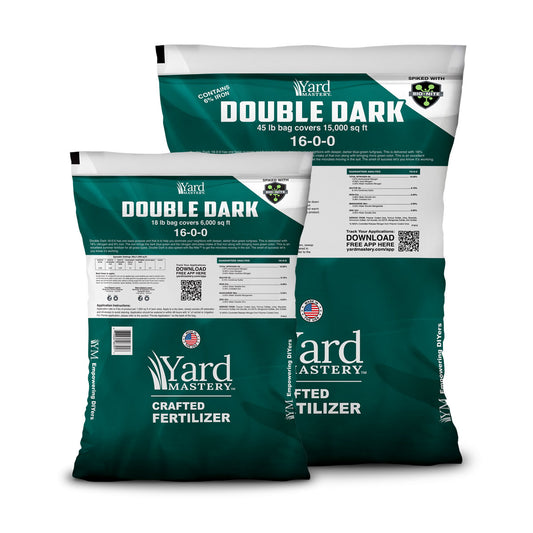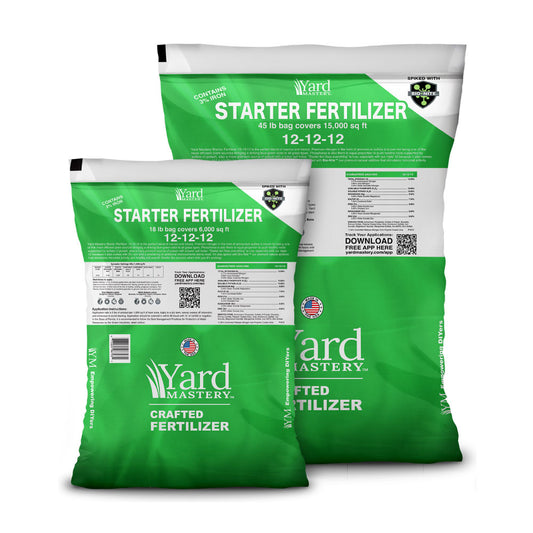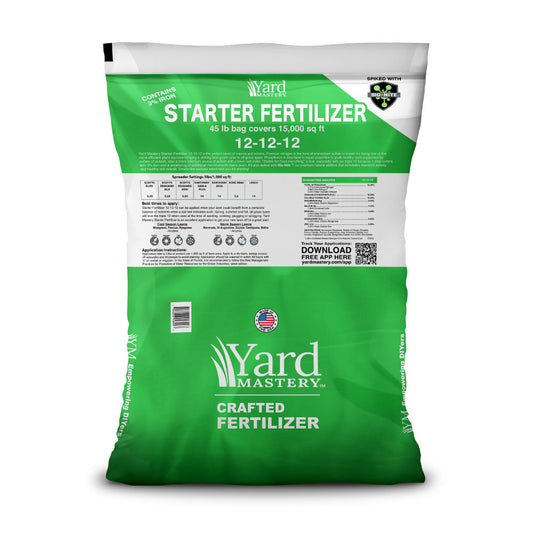How To Control Grubs in the Lawn
How To Control Grubs in the Lawn
Being as we are now firmly into the spring and things are warming up across the country, it’s time to think about grubs in the lawn and preventing the damage they can impose.
I am predicting that this will be a pretty bad year for grubs since we had a very mild winter across much of the country.
One thing that a harsh, deeply frozen winter will do is kill off some of the population - but this year, we did not get that and in fact, just the opposite: a fairly mild winter.
Here is a graphic I drew for you that shows you the life cycle of grubs to better provide you with understanding on what I am talking about here:
As you can see, you will find grubs in your lawn here in the springtime, but those are last year’s crop, ready to emerge in June (June Bugs) to start a new life cycle. They will do some feeding in the spring just before they launch out of the ground, but it’s rare for there to be any visible damage from this. Your turf is growing vigorously here in the spring and typically outgrows the damage this last spring feeding produces. Another reason to keep pushing that nitrogen!
It’s these summer hatches that feed on grass roots all fall time and cause the most visible damage to lawns.
Here is a complete video about how to stop grubs now and taking you through the different products to use:
About Scotts GrubEx
Most of you reading this are going to get Scotts GrubEx at your local HD, Lowes or Ace. It’s not the cheapest alternative, but it certainly is easy to apply and it works. Without question, Scotts GrubEx works very well to prevent grub damage in the lawn.
The active ingredient in Scotts GrubEx is Chlorantraniliprole Group 28 insecticide. This is a newer chemistry introduced in the last several years. It’s the exact same active ingredient you will find in the professional formulations branded as Acelepryn.
How Does Scotts GrubEx Work?
The way Chlorantraniliprole works is it binds to a specific receptor in muscles called the ryanodine receptor. When this happens it causes muscle cells to expel all their calcium. When that happens, the muscles no longer work, the become paralyzed., This includes muscles around the mouth - the insect can no longer eat, so it dies.
The interesting thing about Chlorantraniliprole is that it not only prevent grubs for up to 4 months. It will also kill larval insects and pupae on contact. So not only does it prevent damage from insects like grubs, it will also kill any that are currently feeding.
In the case of grubs, as you can see from my video, there are two times during the year that they feed, spring and fall. The spring feeding is pretty light. It’s the fall feeding that causes most of the damage and is what we are targeting with Scotts GrubEx. We want to prevent damage in the summer and fall so we apply preventative now, ahead of the eggs being laid.
However, since Chlorantraniliprole also kills active grubs, you get a little extra piece of mind with it. Now, if you are reading this article and it’s the fall time and you have found actively feeding grubs, DO NOT use Scotts GrubEx. It’s not the best choice to use as a “curative” treatment in fall. Yes, it will work, but there are MUCH better products that kill faster and are stronger. One of those being active ingredient Dylox.
They key to success with Scotts GrubEx is to water it in with a full 1” of water to get it into the soil and activated. If you do not water it in, it will not work.
Imidacloprid - Merit Grub Preventative
Back when I worked for TruGreen ChemLawn (1998-2012) we exclusively use Merit insecticide as our grub preventative and it worked great. It still does today.
Merit is a brand name and the active ingredient is Imidacloprid. There is no need to spend the extra money for the brand name “Merit” these days because you can get Merit in a generic for about half the price.
Imidacloprid is a group 4 insecticide. Ingredients in this class are called neonicotinoids. You can clearly see the word “nicotine” in there. As you probably know, nicotine is an appetite suppressant. In insects it’s the same. The imidacloprid gets into the grass plant (systemic) and when the grub takes a few bites, it immediately begins to feel full, and stops eating. Very soon after, it dies of starvation. Pretty wild right?
As you can see in my video, this product is MUCH cheaper. The 27.5 oz bottle covers over an acre so if you have a small lawn, you could get several years of applications from just one bottle. The drawback is that you only get 3 months of protection instead of the 4 you get with Scotts GrubEx so you want to apply this product in June so that it lasts through the entire hatching stages in summer.
It will also suppress chinch bug infestations which are common in many warmer parts of the country, especially Florida. The key to success is that this product must be watered in with ½” of irrigation or rainfall.
Since this is a liquid concentrate that you mix in your sprayer, you can also tank mix some other products with it to get more done with just one pass across the lawn. In the video I mixed in bio-stimulant Humic12. You can also mix in liquid fertilizer such as 18-0-1 Greene Punch or any other product that requires watering in. Do not mix in products that need to sit on the lawn.
Does Grub Control Stop Moles or Racoons or Skunks?
By far this question came in the most asking if getting rid of grubs will take care or, or reduce a mole problem. The short answer is, “yes it reduces one of their food sources, but it’s not a way to get rid of them.”
Moles do like grubs, but they also like earthworms, beetles, and other bugs that live in our lawns.
So applying grub worm treatments is not a way to get rid of moles in the lawn, just FYI. This is how you get rid of moles in your lawn.



